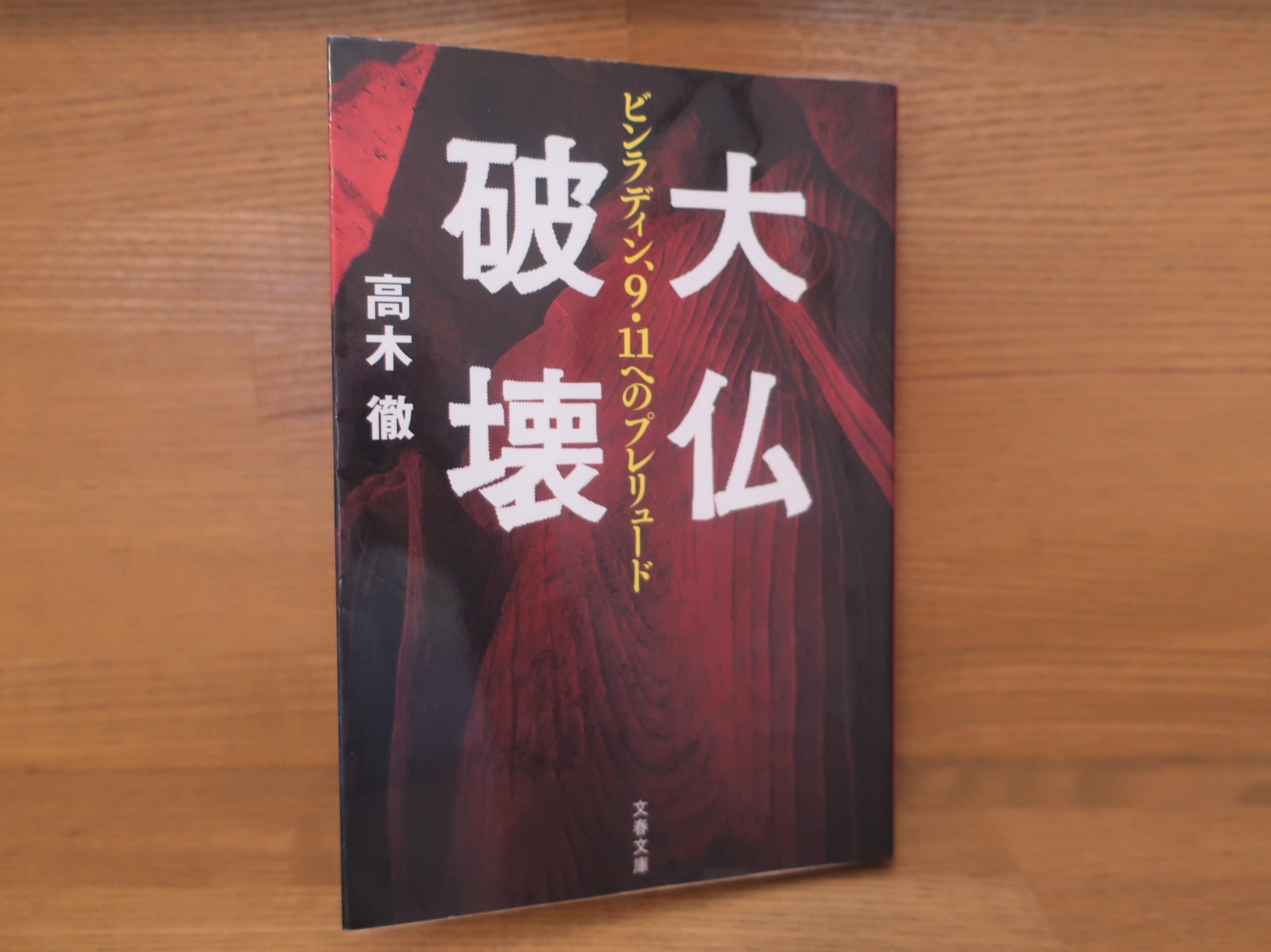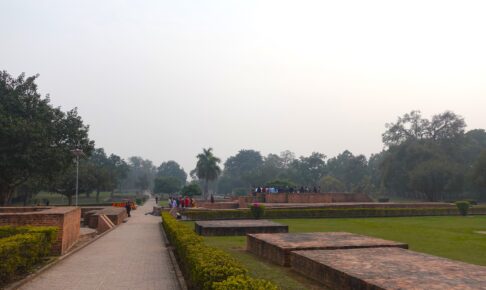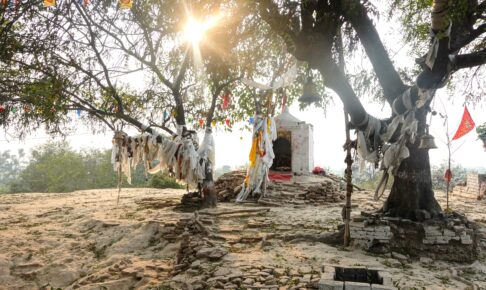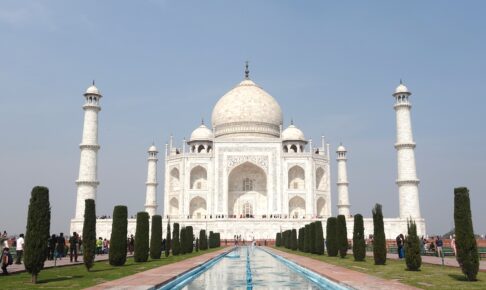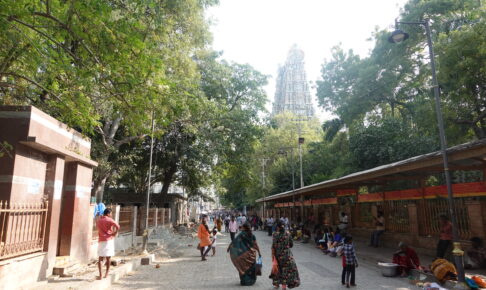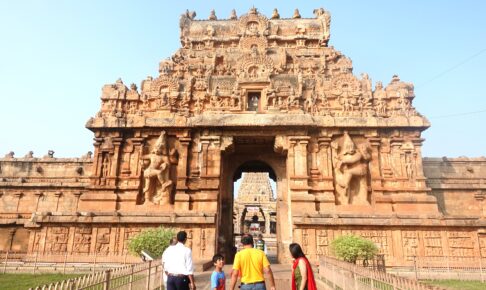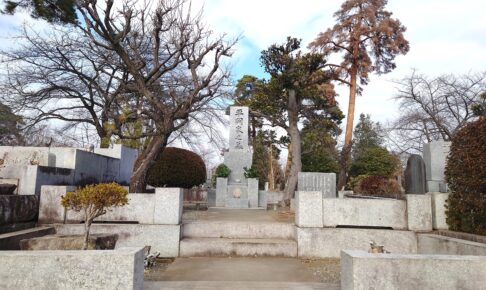Toru Takagi, "The Great Buddha Destruction: Bin Laden, Prelude to 9.11" Summary and Comments - What is the Taliban in the first place - Behind the destruction of the Great Buddha in Bamian
This time, we would like to introduce a book titled "Daibutsu zaibutsu: Bin Laden, 9.11 e no prelude" written by Toru Takagi, published by Bungeishunju in 2007.
Let's take a quick look at the book.
In March 2001, the Taliban regime blew up the Great Bamiyan Buddhas in Afghanistan. Behind the bombing was a plot by bin Laden and al-Qaeda to launch a war on terrorism! The truth of the "Great Buddha Destruction," a prelude to 9/11, is revealed through meticulous reporting and on a grand scale! A powerful work of nonfiction that won the Oya Soichi Prize. Commentary by Natsuo Sekikawa
AmazonProducts Page.
As of 2021, Afghanistan is in a very tense situation due to the withdrawal of US troops. And it is the Taliban that is now in power.
But who are the Taliban?
The Taliban we see are only the figures we know from the news. We rarely have the opportunity to learn who they actually are and what their backgrounds are.
I knew very little about who the Taliban were. However, this book helped me to understand the complex situation in the Middle East and who the Taliban are.
Of course, this book was published in 2007, so it is not a commentary on the Taliban of 2021 itself.
But I think this book is a very important reference for understanding the origins of the Taliban.
Now, as the title of the book suggests, this book will talk about the Taliban with a focus on the destruction of the Great Bamian Buddha in 2001.
In fact, the destruction of the Great Buddha took place six months before the 9/11 terrorist attacks. The author goes on to say that the destruction of the Great Buddha was the prelude to 9/11.
The starting point for all of this exists in Afghanistan in the years between the end of the 20th century and the beginning of the 21st century - the place and time when the Taliban ruled and Osama bin Laden amassed his strength and his plans. However, the reality of Afghanistan, which was in "seclusion," so to speak, has been little known since that time, and even today it remains a black box of history, since most of its leading figures have died or fled the country.
The destruction of the Great Buddha in Bamian, which occurred six months before 9/11, is the most important key to solving this mystery. Why did the Taliban and their supreme leader, Omar, suddenly turn to "destruction" at that time? How did Osama bin Laden, who was in Afghanistan at the time, get involved? And how did it lead to the attacks six months later?
Bungeishunju, Toru Takagi, "Daibutsu sabotage: Bin Laden, 9.11 e no prelude", p.16-17
The author then goes on to explain why the book was written and what this book is about. This is a bit long, but it is an important part of the book, so I will read it carefully.
It was shortly after the March 2001 bombing of the Great Buddha in Bamian that I began my research with the idea of learning what had happened behind the scenes of the destruction of the Great Buddha. I decided to do so because, first of all, I was truly outraged by the destruction of a monument that was more than a thousand years old, and I was eager to learn the reason for this foolish act.
In addition, there were two questions that inevitably stuck in my mind. Why did the Taliban go to the extent of destroying the Great Buddha, which would only draw further condemnation from the international community and would not bring any benefit? I also wondered why the Taliban had gone ahead with the destruction of the Great Buddha, when they had previously said that they would protect it and had prevented its destruction. I wanted to know what had changed in the meantime.
In order to know the answers to these questions, there was too little information about what was happening in the depths of Afghan society, even though superficial news was coming in at the time of the incident. Therefore, I felt that, on the contrary, there might be some mysteries to be solved here.
Having such an idea alone did not give me the time or materials to travel to the site for interviews, but while I was contacting Tanaka and gathering information available in Japan, 9/11 occurred, and the "destruction of the Great Buddha" came before me as an important key to unlocking the truth of this new, massive destruction. Fortunately, when the shock of 9/11 had subsided, I was allowed to take on this mystery for a program produced by NHK, the Japanese Broadcasting Corporation, to which I belong, and I was busy interviewing and gathering information and testimonies. Some responded that the destruction of the Great Buddha was a prelude to 9/11, others exclaimed that if the international community had paid more attention to Afghanistan, both the destruction of the Great Buddha and the attack on New York could have been prevented, and still others regretted that they had to say that their approach to Afghanistan was a failure. Some regretted it. The results of these efforts culminated in two nonfiction programs: the BS Primetime program "Why the Great Buddha was Destroyed: The Inside Story of the Taliban's Transformation" in June 2003, and the NHK Special "Bamian: Why the Great Buddha was Destroyed" in September of the same year. In September of the same year, we were able to produce two nonfiction programs, "Why was the Great Buddha destroyed? Based on these interviews, this book is a new version of the same story, including some material that was omitted from the programs due to time constraints and various other reasons.
Bungeishunju, Toru Takagi, "Daibutsu zaibutsu: Bin Laden, 9.11 e no prelude", p. 17-18.
And the first chapter of the book begins immediately with an interview with a key Taliban figure, Hotak.
This is very interesting and makes me want to read more of this book.
The interview began in a tense atmosphere.
Why did the Taliban destroy the Great Buddha?"
In response to my question, Hotak, whose voice was unexpectedly high-pitched, gave a surprising answer.
The destruction of the Great Buddha was not the original will or policy of the Taliban. Most of us were sincerely opposed to its destruction.
That answer, that the Taliban were against the destruction of the Great Buddha, was unexpected. Certainly, I began my coverage because I thought that there was an unexplained mystery in the destruction of the Great Buddha, but I was certain that the Taliban's firm intention was to destroy the Buddha image at the end itself. The media and scholars around the world believe so, too.
The logic that led to the destruction of Hotak himself,
Islam is a completely monotheistic religion, and all idols are strictly forbidden as an expression of heterodoxy. The interpretation was that the statue of the Great Buddha was an idol, and therefore it had to be destroyed.
He explains. The Taliban, the rightful owners of Islamic fundamentalism, believed wholeheartedly in its radical logic. Wasn't that why they stubbornly rebuffed all persuasions from around the world? And isn't it precisely because they are such fanatical extremists that they continue to harbor Osama bin Laden and are now under attack by the U.S. and are destined to suffer the same fate?
'Then why did they destroy the Great Buddha?'
To my question,
Let me backtrack a bit.
Hotak, who said, "I am not a Taliban," began to talk about the time when the Taliban first came into the world.
He says that in order to solve the mystery of the destruction of the Great Buddha, it is necessary to understand the upheaval that has overtaken Afghanistan since the birth of the Taliban in 1994.
Bungeishunju, Toru Takagi, "Daibutsu zaibutsu: Bin Laden, 9.11 e no prelude", p. 28-29.
Thus, the book traces the story back to the birth of the Taliban and the process leading up to the destruction of the Great Buddha.
The author, Toru Takagi, has an exquisite storytelling style that draws you in. It is a great opportunity to learn about Afghanistan, a country we know very little about.
I think it is very important to rethink who the Taliban are in the first place in order to understand the complex world situation.
Very stimulating and interesting work! I highly recommend it!
The above is "Toru Takagi, 'The Destruction of the Great Buddha': What is the Taliban in the First Place - Behind the Destruction of the Great Buddha in Bamian".
Next Article.
Click here to read the previous article.
Related Articles












